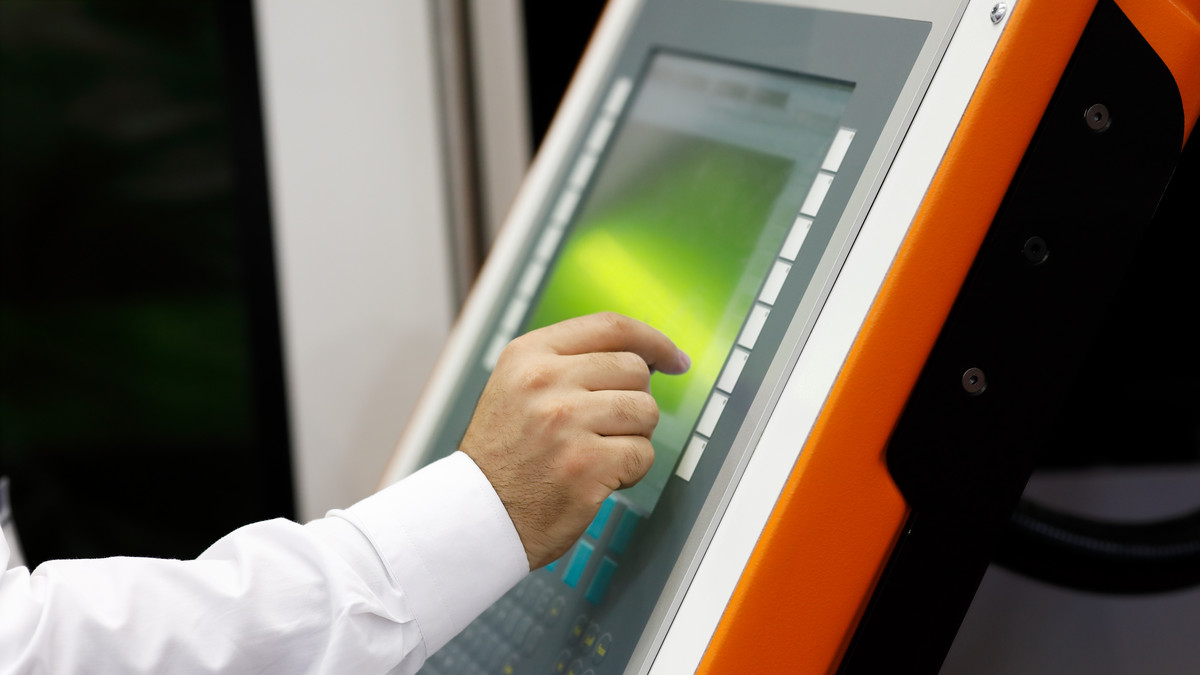Think back to the last time you encountered or interacted with a digital kiosk. Perhaps you were checking in for an appointment at your doctor’s office, placing an order at your favorite quick-service restaurant, or dropping your car off for service at your local dealership. Regardless of where you were or what you were doing, if you used a kiosk, it likely expedited and simplified your experience.
Available in a variety of form factors with the ability to integrate numerous different components and software applications to accommodate the needs of practically any business or organization, digital kiosks are now available for use in many of the places consumers visit on a regular basis.
While their flexibility allows digital kiosks to fulfill a variety of different use cases, from check-in to food ordering and service selection and payment, many kiosks are designed to serve the same purpose that the very first electronic kiosk was used for—sharing information. And despite the fact that kiosks have evolved dramatically since that first kiosk was introduced in 1977, information kiosks—especially those designed for use in the tourism industry—are still considered by the 2019 Kiosk Marketplace Census to be one of the verticals with the best growth opportunities.
Curious about what exactly an information kiosk is and what it’s used for? Keep reading.
Customizable
Designed for use across a variety of different industries, information kiosks are highly customizable. From large-format outdoor kiosks and digital-signage installations to more compact solutions designated for indoor use, information kiosks can be freestanding, wall-mounted or incorporated onto an existing structure such as a countertop. For further customization, businesses and organizations also have the option of adding vinyl graphic wraps boasting their unique colors or logo.
Interactive
While some information kiosks feature a scrolling feed of information, the large majority incorporate touchscreen technology that allows users to interact with the information on the screen. By using the interactive platform, users are able to enter searches and browse through various categories and listings. Some information kiosks even allow users to text themselves the information they find so they can reference it again later.
User-friendly
Whether you’re finding your way around the downtown area of a new town you’re visiting, inquiring about upcoming shows at your local entertainment venue or catching up on the latest company updates in your office lobby, information kiosks offer a user friendly resource that allows towns, venues, businesses, employers and more to share relevant information with their visitors, customers and employees. From images and videos to phone numbers, addresses, menus, hours of operation, calendars and more, there is no shortage of information that can be included on an information kiosk.
Available 24/7
While more traditional informational resources like welcome centers, check-in desks and receptionists certainly bring value to the visitors and patrons of the respective businesses and organizations they work for, information kiosks are designed to enhance their offerings.
With the ability to offer 24/7 access, regardless of whether or not the business or organization is open, information kiosks enable users to locate the information they need in the moment they’re looking for it. Information kiosks also enable customers and visitors to help themselves in the instance that an employee is not readily available to assist or answer their questions as soon as they arrive.
This article was written by Melissa Harward from Kiosk Marketplace. News Features and was legally licensed through the NewsCred publisher network. Please direct all licensing questions to legal@newscred.com.
